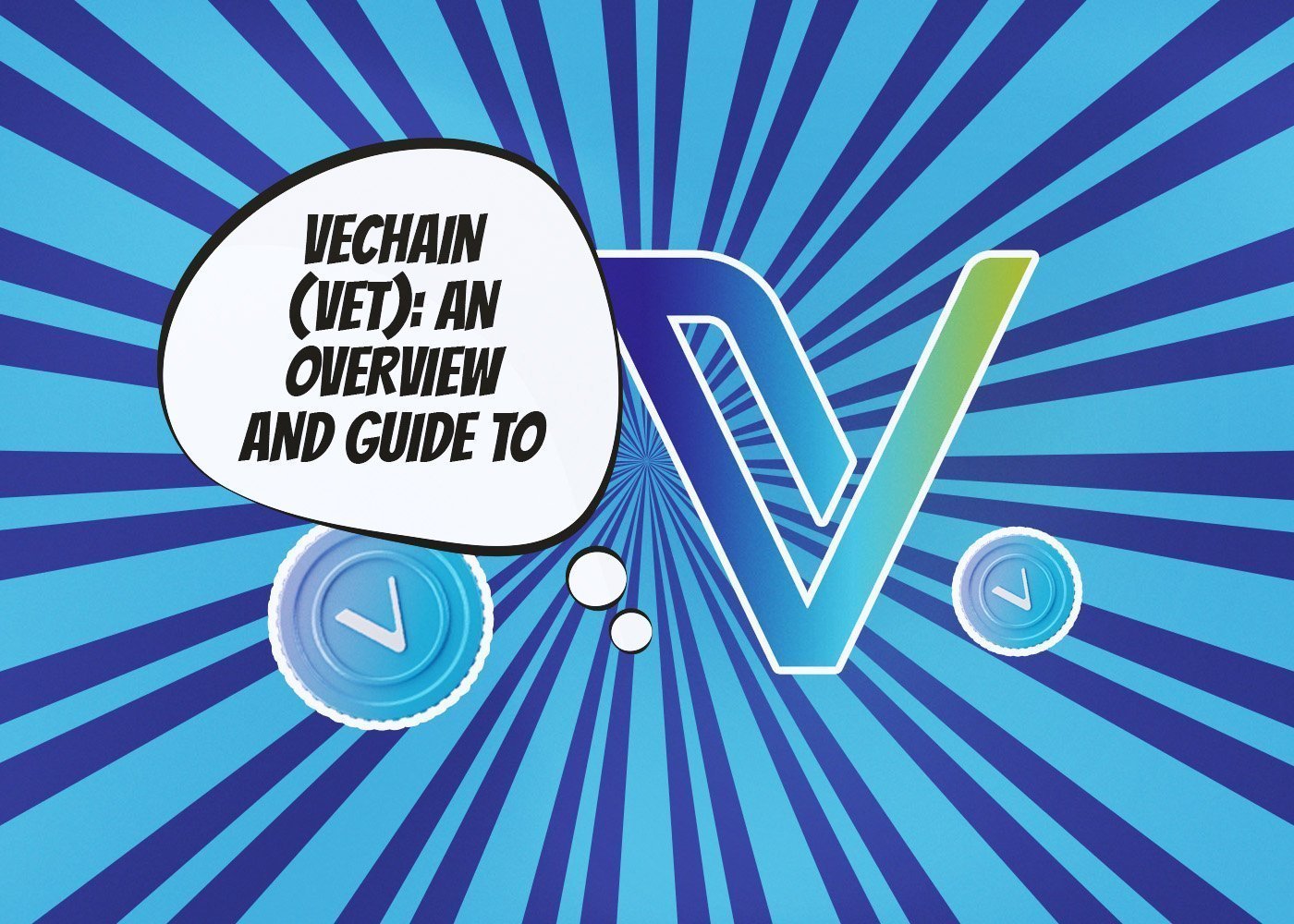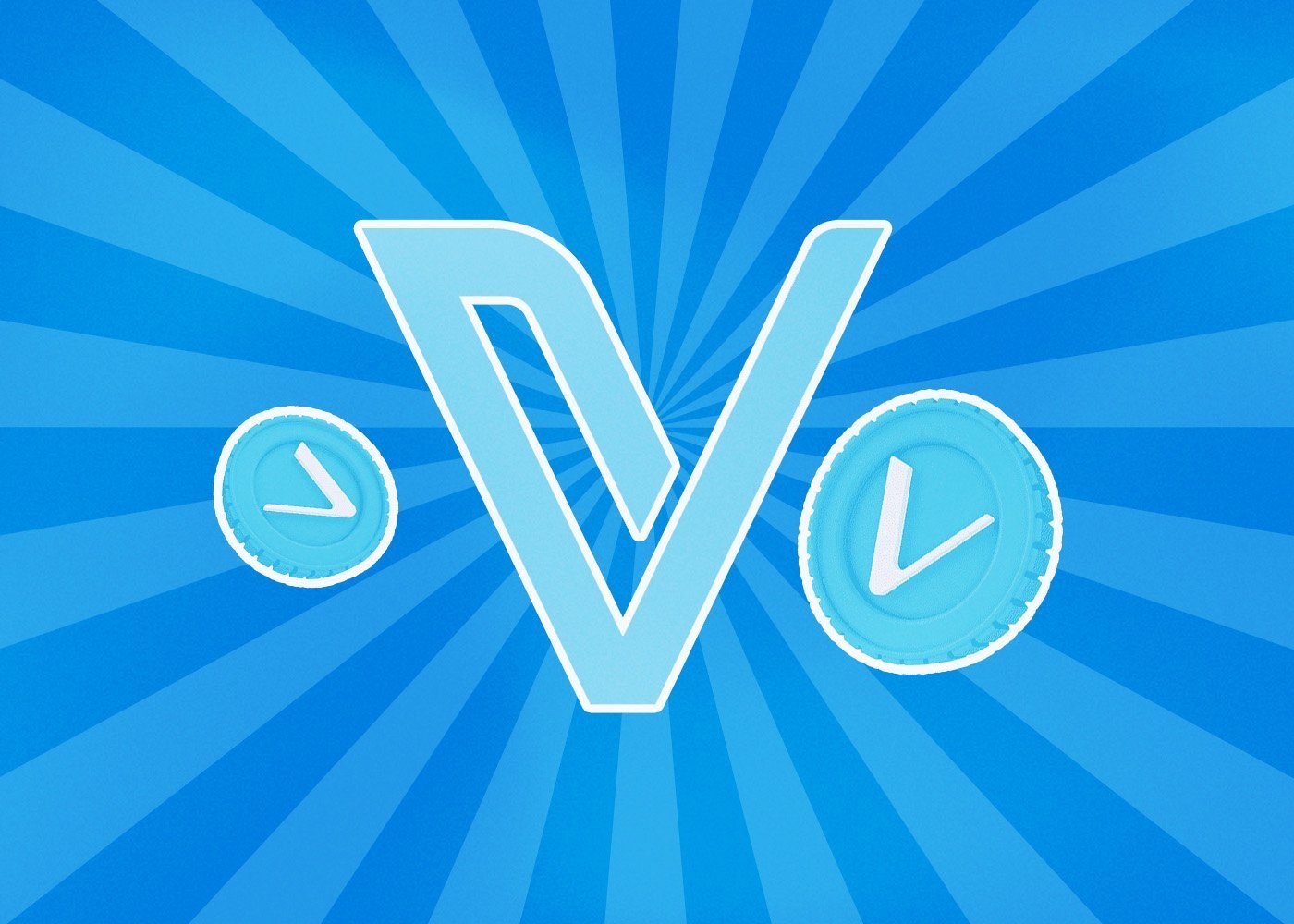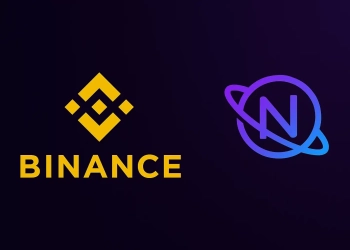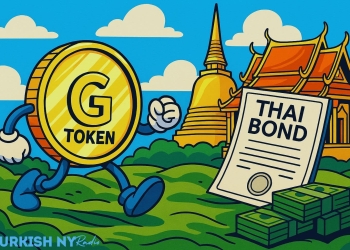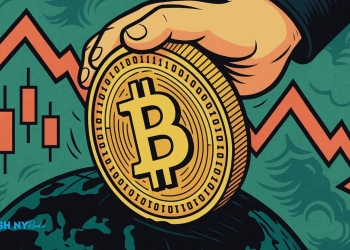VeChain is a blockchain platform that improves supply chain management and business operations for enterprises. The goal of VET is to use distributed ledger technology to streamline transactions and information flow in complex supply chains.
There are two tokens in the VeChain network, VeChain Token (VET) and VeChainThor Energy (VCE) (VTHO). VET is used to transfer value across the VeChain network, while VTHO is used to feed smart contract transactions.
When Was VET Established?
VeChain was founded in 2015 and began operations in June of the same year. The goal of VeChain is to use decentralized governance and Internet of Things technology to create an ecosystem that addresses some of the most critical supply chain management issues. As mentioned earlier, the project generates and preserves value on the public blockchain VeChainThor using VET and VTHO. The goal is to increase supply chain efficiency, traceability, and transparency while reducing costs and giving more control to individual users.
Who Are The Founders Of VeChain (VET)?
Sunny Lu, former CIO and IT manager of Louis Vuitton China, is the inventor and co-founder of VeChain. Lu has made a name for himself in the bitcoin industry. He, too, supports the idea that blockchain technology can provide “trustless” systems that are not vulnerable to supply chain disruptions, emphasizing its ability to increase transparency.
Jay Zhang, a co-founder of VET is responsible for global corporate structure, governance and financial management. He previously worked in finance and risk management at Deloitte and PriceWaterhouseCoopers. VeChain is one of the first private blockchain supply chain systems on the market and was founded in June 2016.
How VeChain Has Grown
Sunny Lu, former chief technology officer of Louis Vuitton China, founded VeChain in 2015 under the pseudonym “VeChain Founders.” It started as a subsidiary of Bitse, one of the largest blockchain startups in China, and is now one of the few blockchains with a significant customer base among established companies.
Originally, VEN Coin worked with the Ethereum network. In 2018, VeChain transitioned to its own blockchain and adopted a new moniker. As part of the rebranding, the VEN blockchain was renamed the VeChainThor (VET) blockchain.
The whitepaper provides an overview of the goals of the VeChain blockchain platform. The organization’s main goal is to transform the supply chain industry by making data transparent and actionable. In addition, VeChain aims to be a leader in dApps (decentralized applications) and Initial Coin Offerings (ICOs) and support the Internet of Things.
To achieve this goal, Vet has formed long-standing strategic partnerships with various companies. These include a collaboration with PricewaterhouseCoopers (PwC), where the accounting firm will use VeChain’s blockchain-powered solutions to improve product verification and traceability for its clients.
VeChain has worked with Renault to create a digital vehicle maintenance manual compatible with Microsoft and Viseo, and is the state technology partner of Gui’an, a central government economic development zone in China.
VeChain aims to provide a decentralized and trust-based platform for a business ecosystem that enables “transparent information flow, effective collaboration and rapid value transfer.” Today, supply chain data for business transactions is dispersed among different players. This also affects the fragmented flow of information between individuals.
According to VeChain’s whitepaper, blockchain technology can “solve the problem of asymmetric information and ensure that data ownership is returned to the owner and incentivized.” VeChain technology aims to promote market transparency by providing authorized participants with a 360-degree view of key product and business activity data, including storage, shipping and delivery.
What Are VeChain’s Applications And Differences?
For example, the VeChain system can be used to track the quality, authenticity, storage temperature, transportation environment, and ultimate removal of a pharmaceutical package or alcohol bottle from the manufacturing facility to the end consumer. To this end, VeChain uses smart chips or radio frequency identification (RFI) tags and sensors to transmit critical data to the blockchain network, which can be accessed by authorized parties in real time.
Thanks to the sensors, all product-related measurements can be continuously monitored and any errors can be forwarded to the appropriate parties. If a drug package is stored outside the acceptable temperature range, manufacturers and consumers can be notified, improving quality control and service.
In another scenario, the VeChain platform could enable car owners to take ownership of their data and use it to negotiate better insurance terms and policies with their insurers.
The VeChain blockchain platform VeChainThor is a public blockchain platform designed for “mass enterprise adoption.” As mentioned earlier, it consists of two tokens called VET and VTHO: VET and VTHO. The VET token is used to transfer “smart money” or value from smart contracts. In other words, VET is used in decentralized applications running on the VeChain network. It can also be used by the general public for investment.
VTHO is also known as VeThor Energy, short for VeChainThor Energy. It is used for VeChain transactions and costs the same as blockchain transaction fees. Similar to Ethereum’s Ether and NEO’s “gas,” developers must budget a certain amount of base tokens (non-public tokens) to conduct transactions for their decentralized applications. According to VeChain’s whitepaper, these two token systems aim to provide decentralized application developers with good governance and a predictable economic model.
The unpredictable price of Ether, the cryptocurrency for natural gas, prevents the development of such a model in Ethereum. As a result, developers must predict the amount of Ether needed for a transaction. If the predictions are wrong, the transactions fail. The whitepaper published by VeChain discusses several technological advances made to solve this problem. For example, the VET blockchain allows proof-of-work for every transaction. This means that traders can mine additional VTHO with incorrect initial assumptions.
Governance Process
The VeChainThor blockchain uses an authorization proof-of-work process as a consensus method. Votes are awarded based on VET ownership and disclosure under this system. VET holders without a KYC certificate who own 1 million tokens are responsible for 20% of all votes, while VET holders with a KYC certificate and the same number of tokens are responsible for 30% of all votes.
101 Master nodes are responsible for building consensus for transactions on the VeChain network. Unlike Bitcoin, this technique requires all nodes to vote on a transaction before an agreement is reached. Anonymous nodes are not allowed, and identity disclosure is an important requirement to become an approved master node. According to the whitepaper provided by VeChain, this solution consumes less energy and only requires a minimum number of validators to reach an agreement.
The other important node type in VeChain is the economic master node. As energy controllers, they do not create blocks or ledgers. This means that each economic master node receives a fixed number of votes proportional to its VET holdings. One vote is cast for every 10,000 VETs held by an economic master node.
The master node method in a decentralized system centralizes voting rights. On the other hand, the founders of VeChain state that their goal in creating this protocol was to achieve a balance between centralization and decentralization.
Is The VeChain (VET) Network Secure?
VeChain (VET) is a proof-of-stake coin that requires only a modest amount of computing power to ensure network security and user consensus. Proof of authority is another component that requires certified master node operators to maintain the protocol in accordance with rules established by its parent organization, the VeChain Foundation.
How Many VET Tokens Are In Circulation?
The VeChain network has generated two tokens. This pair is known as VeChain (VET) and VeThor (VET) (VTHO). The dual token system is described as a unique alternative for such a platform to avoid fee fluctuations and network congestion. While VET is used for transactions and other activity tokens, VTHO is used for fee payments. Thus, it is a “gas token,” similar to the “gas” used for Ethereum (ETH) transactions.
VET holders receive passive income in VTHO, but 70% of the VTHO used for VET payments is destroyed. VET assets are used to create VTHO, which has a maximum token supply of 86,712,634,466.




























































































![BitTorrent [New]](https://s2.coinmarketcap.com/static/img/coins/64x64/16086.png)








